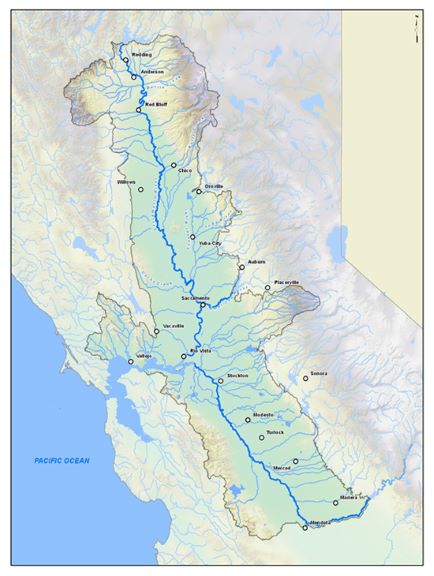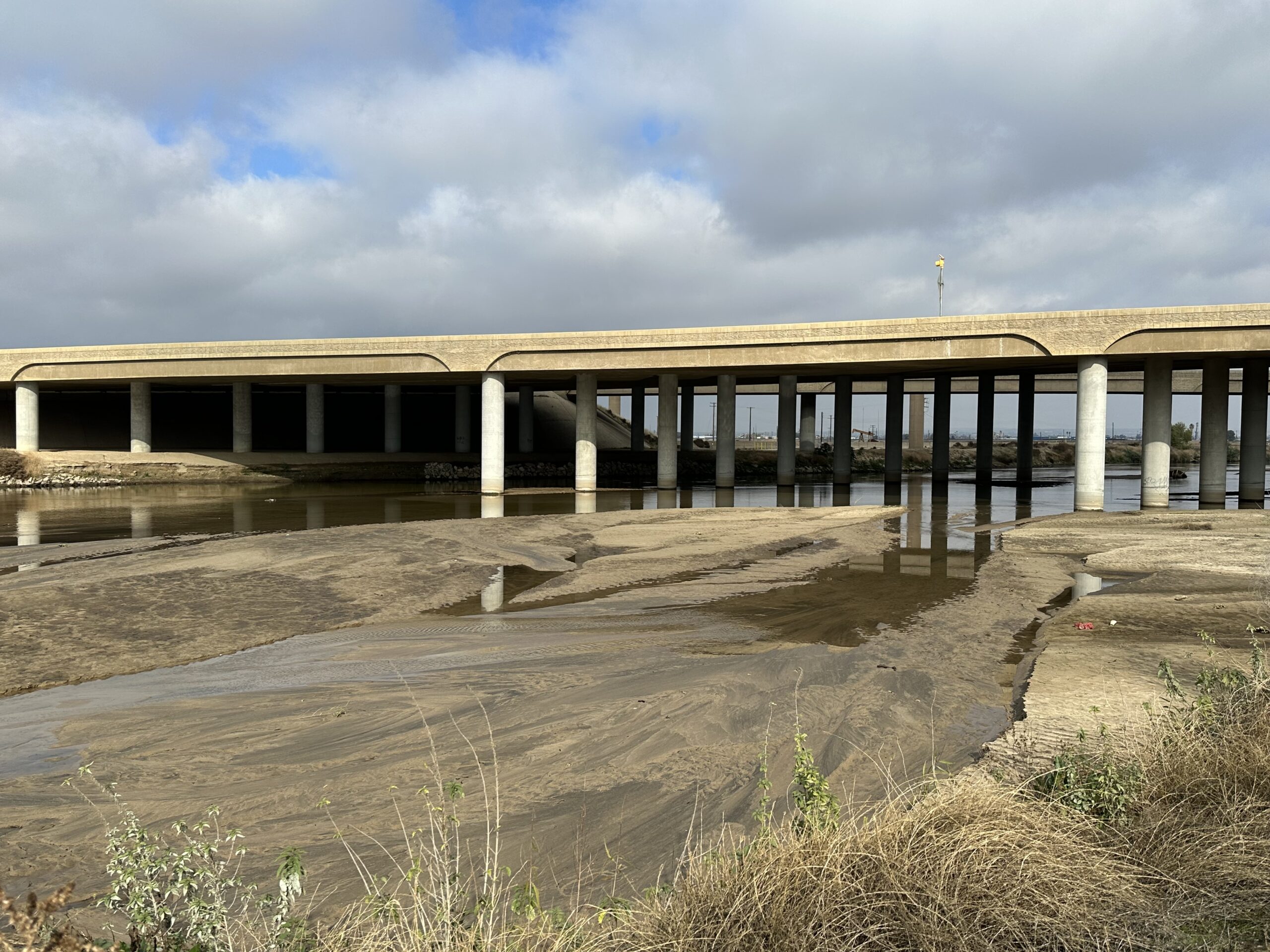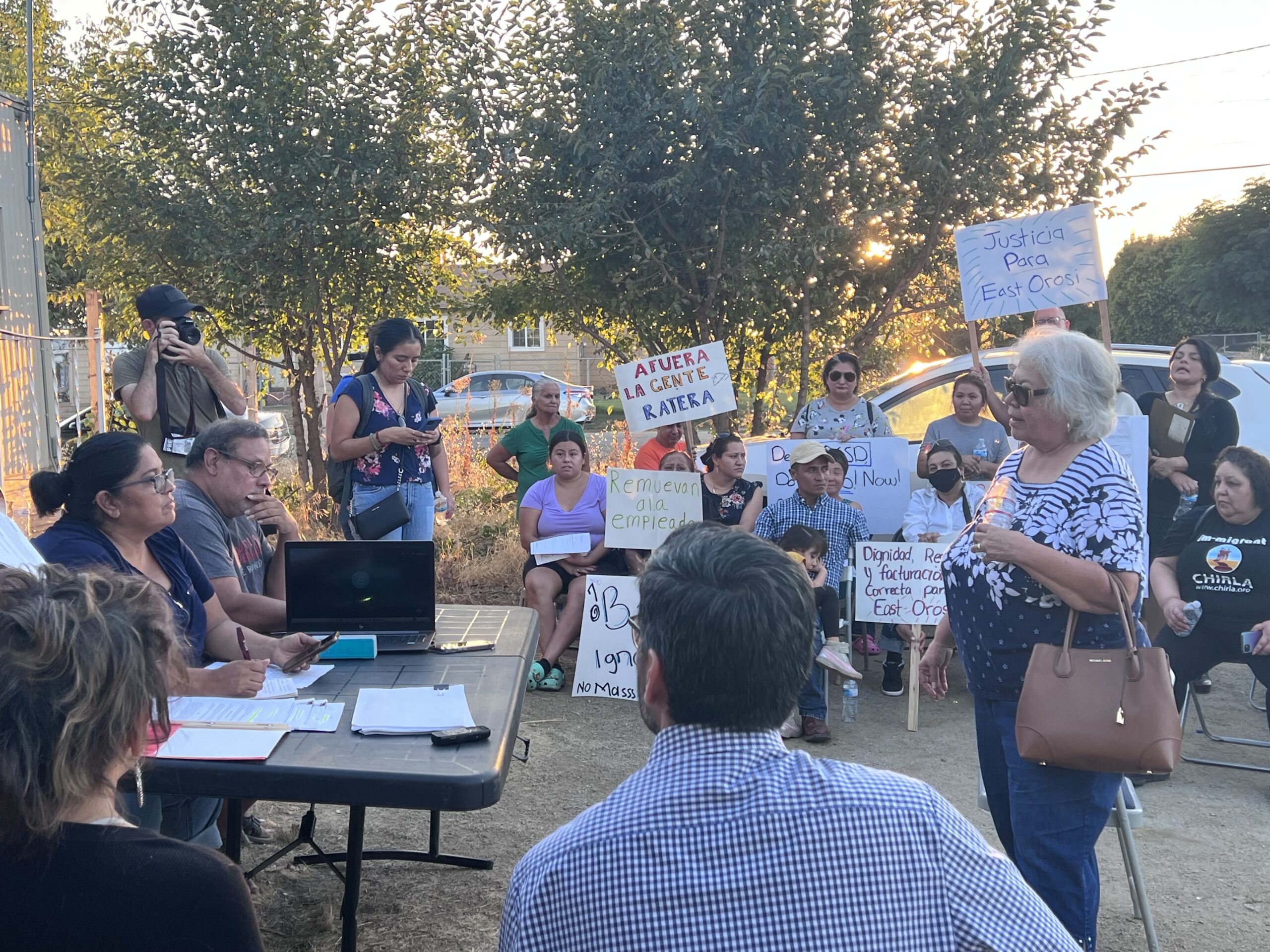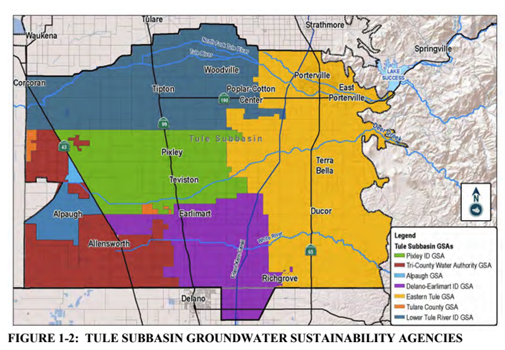California water regulators are preparing to do what they’ve been warning about for months – cut the spigot to thousands of water rights holders.
The state Water Resources Control Board will consider an emergency order at its August 3 meeting that would bar farmers, cities and others from continuing to tap into rivers that feed the Sacramento-San Joaquin Delta. If approved, the order would go into effect Aug. 16. The proposed order was released Friday. Water Board staff will hold a workshop to answer questions July 27 starting at 1 p.m.
Because river curtailments of this magnitude would be an unprecedented step — something not done during California’s devastating 2012-2016 drought — the Water Board began sending a series of warning notices to rights holders in March, said Eileen Sobeck, Executive Director of the state Water Board.
“We don’t take this lightly,” she said during a conference call that included Karen Ross, California Secretary of the Department of Food and Agriculture, and Karla Nemeth, Director of the Department of Water Resources.
There has been criticism from environmentalists and some water contractors that the state hasn’t acted quickly enough but Sobeck and Nemeth said regulators are acting with as much haste as possible to both respect individual water rights and react to rapidly changing hydrologic conditions. The Water Board was successfully sued when it sent what it called “informational” curtailment notices to some farmers during the last drought. The court found the board hadn’t given growers due process to defend their rights.
“We were taken by surprise by how quickly conditions got worse,” Sobeck said.
This time around, the Water Board began sending warning notices to rights holders in March and hammered out a methodology with public input for how to measure rights, demands and water availability before issuing its proposed curtailment order.
The main goals of cutting river diversions are to increase flows from rivers into the delta in to push back against incoming salt from the San Francisco Bay and to hold back enough water in the state’s reservoirs for endangered fish populations and for next year’s supply, according to Nemeth. Most of the state’s key reservoirs are down to about 30% of their average capacity for this time of year.
How much water the proposed order could bring into the delta isn’t known.
“Based on some back of the envelope calculations and input from stakeholders it could be several thousand cubic feet per second – which cumulatively over the summer adds up to hundreds of thousands of acre feet of water coming out of storage,” wrote Erik Ekdahl, Deputy Director of the Water Board’s Division of Water Rights, in an email.
At the July 20 Westlands Water District Board meeting General Manager Tom Birmingham estimated there could be as much as 4,000 CFS of additional flows into the delta if “unlawful” river diversions were halted, according to an article by Don Wright in his Water Rights report.
Ekdahl wrote that the Water Board received a complaint of illegal diversions from some state and federal water contractors in the week prior to Friday’s announcement of the proposed curtailment order. State Water Contractors received 5% of their contracted amounts this year and many federal contractors, including Westlands, received 0% of contracted amounts.
The state is still looking into that complaint, which Ekdahl said “hinges on being able to come up with a volume of water available to riparian diverters in the delta, which is a complicated and difficult task.”
There are 9,000 rights to river water coming into the delta held by 5,000 different people or entities, Water Board Director Sobeck said. And that’s just rights issued by the board after 1914. There are also countless other rights issued before 1914.
If approved, this emergency order would also require the largest water users to report how much water they use “in order to fill that information gap,” Sobeck said.
So far, water users haven’t seemed inclined to share that information.
In its follow up water unavailability notices sent June 15, the Water Board asked diverters about their planned water uses, including volumes. Less than 20% of rights holders responded, Ekdahl said.
Share this:
- Click to share on Facebook (Opens in new window)
- Click to share on Twitter (Opens in new window)
- Click to share on LinkedIn (Opens in new window)
- Click to share on Reddit (Opens in new window)
- Click to share on Tumblr (Opens in new window)
- Click to share on Pinterest (Opens in new window)
- Click to share on Pocket (Opens in new window)
- Click to share on Telegram (Opens in new window)
- Click to share on WhatsApp (Opens in new window)
- Click to print (Opens in new window)







